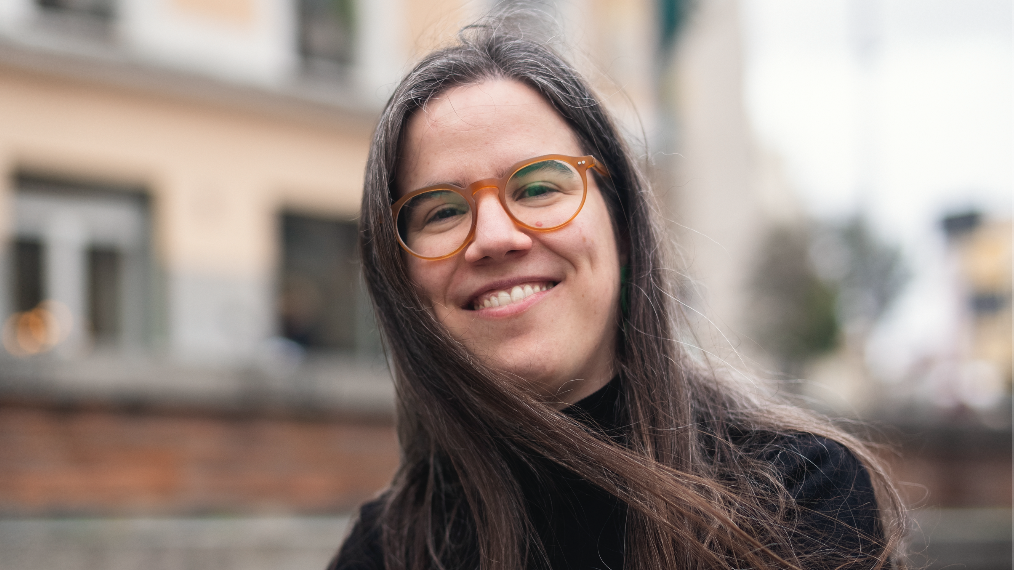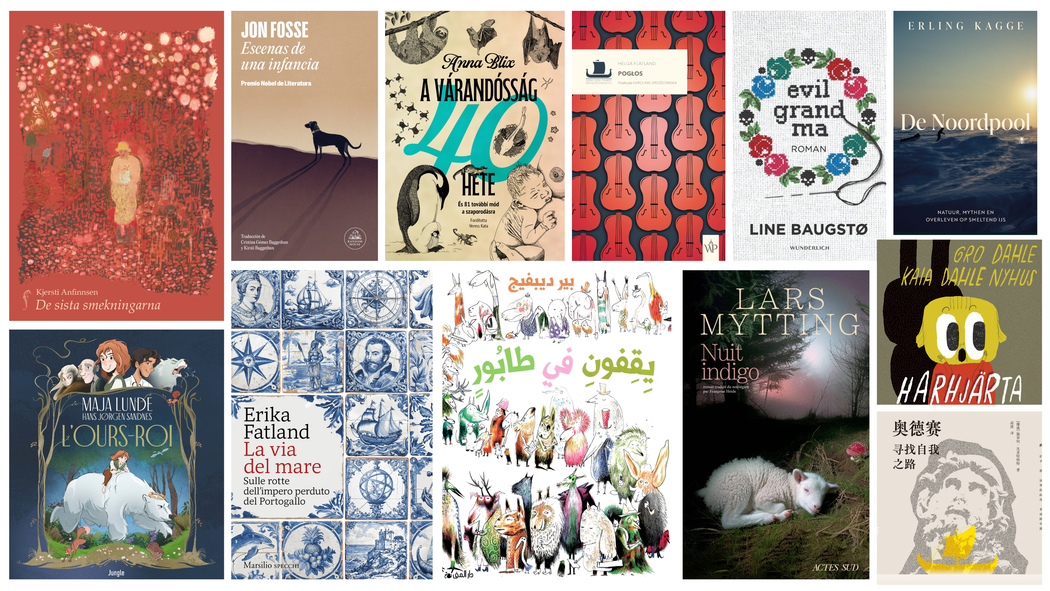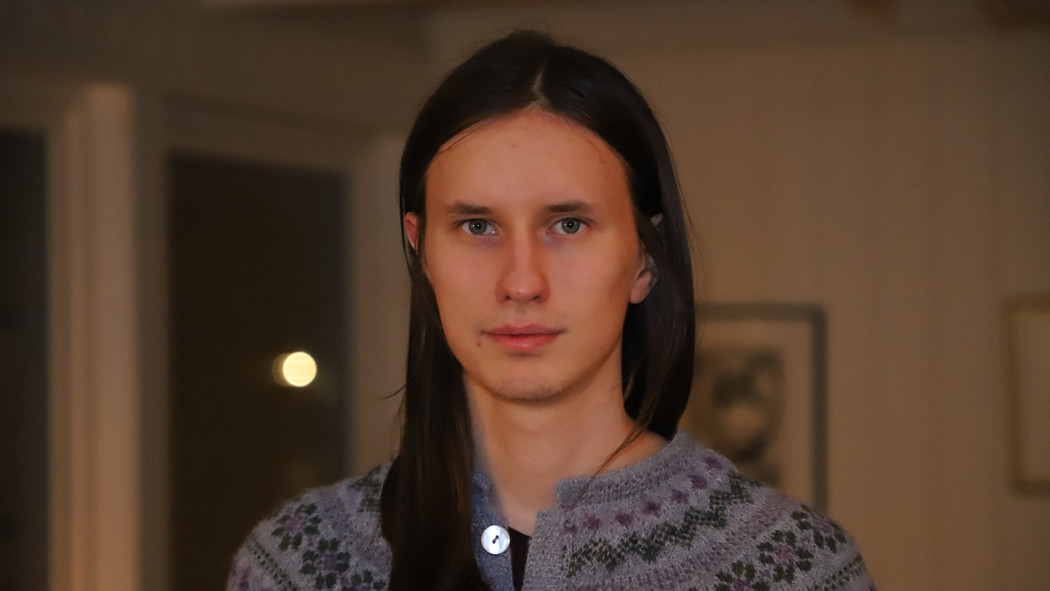Cristina Falcinella - Translator of the Month
Our Translator of the Month for May is Cristina Falcinella, originally from Milan, Italy, where she specialized in Nordic studies before obtaining a doctorate in Gender Studies/Norwegian theatre. She has primarily translated fiction but also non-fiction, and for the theatre. Cristina is currently, and with great pleasure, working on another Jon Fosse book, Olav’s Dreams (original title: Olavs draumar), after a long hiatus of intense ‘motherhood’ and overlapping literary and musical activities. Looking out of her window, she sees the Mediterranean from the Catalan coast in Barcelona, where she has been residing for over twenty years now, amidst the intersection of multiple languages and cultures, but with Norway nestled in her heart.
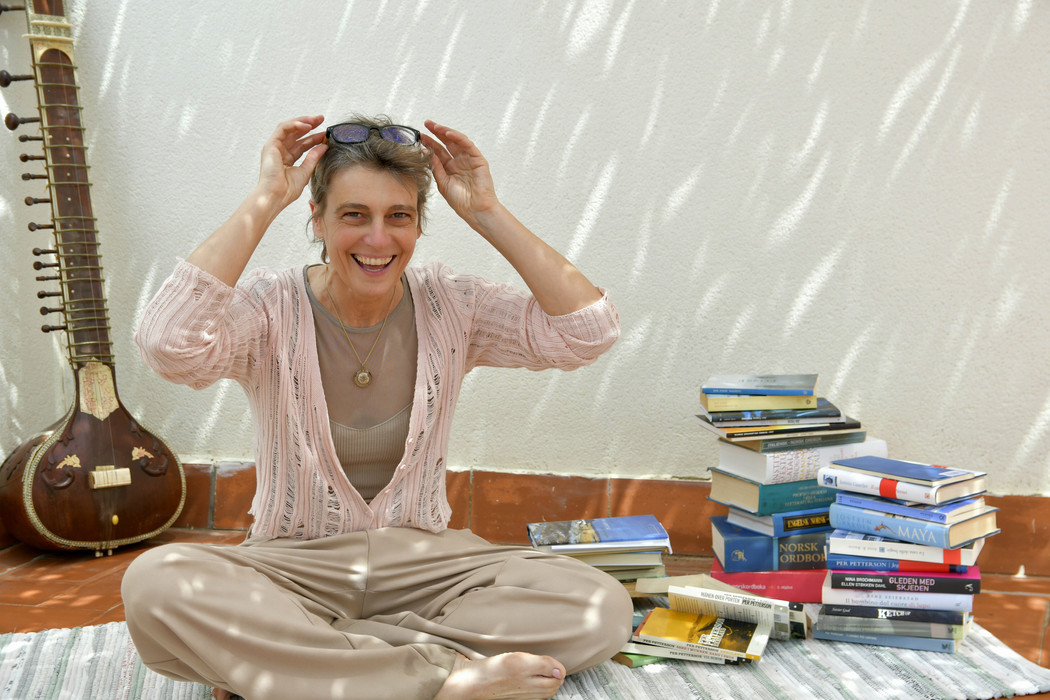
How did you end up translating Norwegian literature?
Well, it’s a bit peculiar, isn’t it, outside of Kløfta’s domain? (In June last year, NORLA held an international Translator’s Conference at Kløfta outside of Oslo, with 150 participants who all translate Norwegian literature into other languages).
This question reminds me of all the times I was in Norway and was asked why I spoke Norwegian… I stood there gaping and slightly perplexed, immersed in existential reflections (why do I, indeed, speak Norwegian?). The truth is, I was fascinated by Norway long before I travelled there, there were no distant relatives or romantic interests, but still, there was something familiar that strongly attracted me. It was probably through skiing (one of my passions) and jazz (another one) and Hamsun (yet another!), to begin with. And when I finally landed in Norway, it was the landscape and the character of the people; I have always felt at home there, it must be something to do with my family’s origins in the Alps; Lake Como and Norwegian fjords are not so different from each other, and reticence and long pauses are also very familiar to me from the mountain people back home. But translation also came soon after; I got acquainted with more literature over time and tried to grasp the nuances of the language, and while I was at university, I started collaborating with a publishing house in Milan that publishes Scandinavian authors. We prepared a small book and an exhibition on Norwegian literature translated into Italian, and then NORLA visited with several Norwegian authors whom I interviewed, interpreted for, and showed around the city (exciting job!) and that’s how I got to know Kristin (Brudevoll, NORLA’s first director) and Andrine (do you remember Andrine?) and also agents from Norwegian publishing houses who came to recruit enthusiastic Italian translators. I definitely fell in love and the adventure began!
Your Japanese colleague Chie Asada passed the baton to you. She writes:
“Hello, Cristina san! Thank you so much for the chat at Kløfta! Your tip about Jon Fosse; that it is important to listen to the musical rhythm in his texts, gave me a new perspective, because I was only focused on thinking about how to translate the texts that have few commas and periods. Can you share your experiences about Fosse with the many translators around the world who work with his books?”
Grazie Chie!
It was so interesting to talk with you and share our experiences as Fosse translators. I truly believe it’s an exceptional experience to converse with other translators who have traversed the same texts; it’s also a very intimate relationship one develops each time with the book and the author, and so liberating to discuss it with someone who knows exactly what you’re talking about! “Melancholia” by Jon Fosse was the second book I translated, what a challenge! but one of my best experiences as a translator. Surely because of this inherent musicality woven into his texts.
I remember that each time I used to read aloud the pages I was working on several times before I started writing, I needed to immerse my ears in this music (as with every book I’ve translated, but with particularly careful attention in this case) and then, once I could almost sing it, I tried to find the harmonic rules and sonority in my language that I thought best suited. And this time I had enough time to let the translation sit for a whole month and then come back to it and read the whole translated book aloud, with pauses and all. It took time, but it was a literary pleasure for me, and I believe it enhanced the quality of the result. I would have liked to do this with every book, but unfortunately, one doesn’t always have enough time.
I also think I learned a lot from it and became even more musically confident in Fosse’s language, so much so that I recently started a new musical project, a Fosse performance together with a Swedish musician and a Mexican-American contemporary dancer (wondrous artists) where words, movements, and notes blend in Fosse’s rhythm.
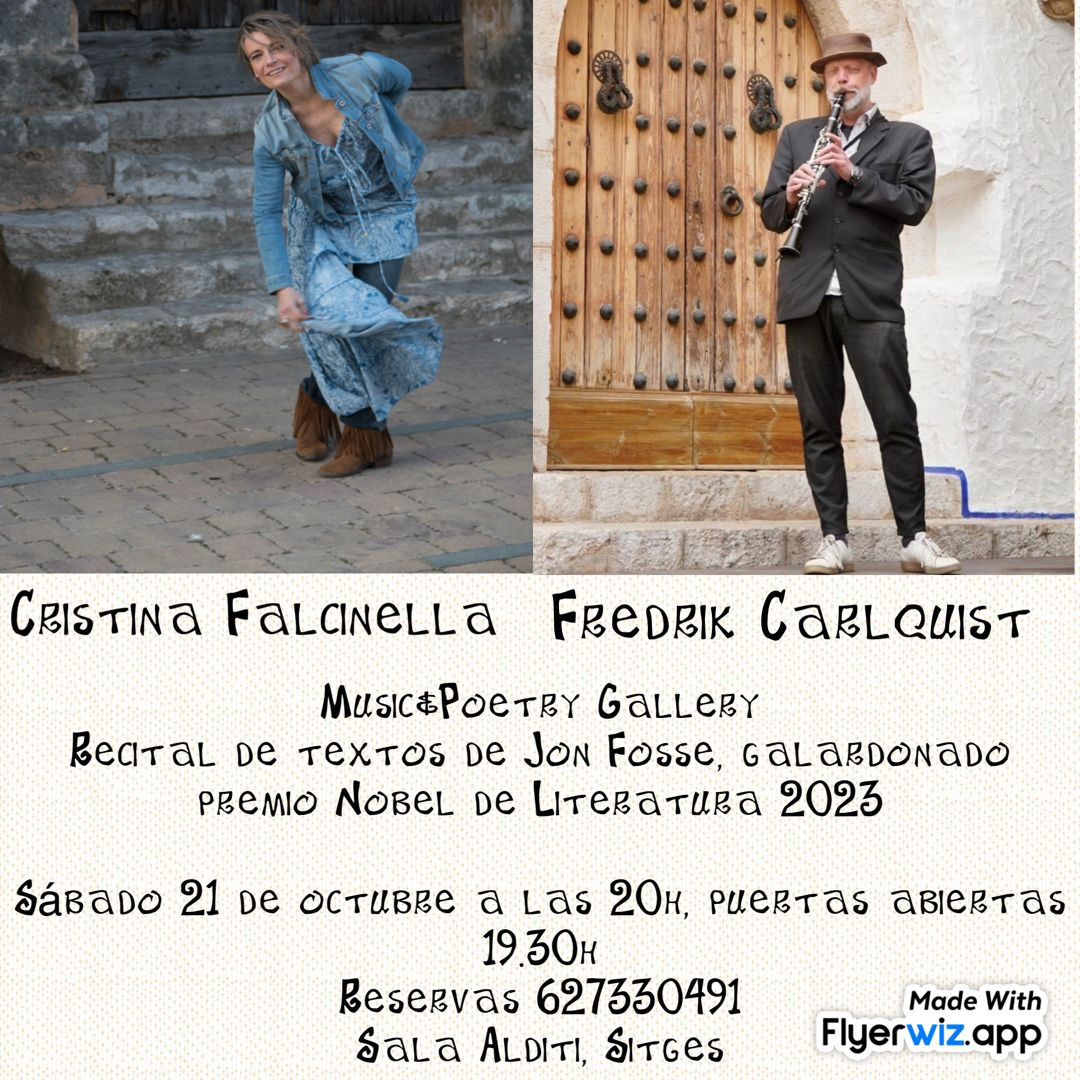
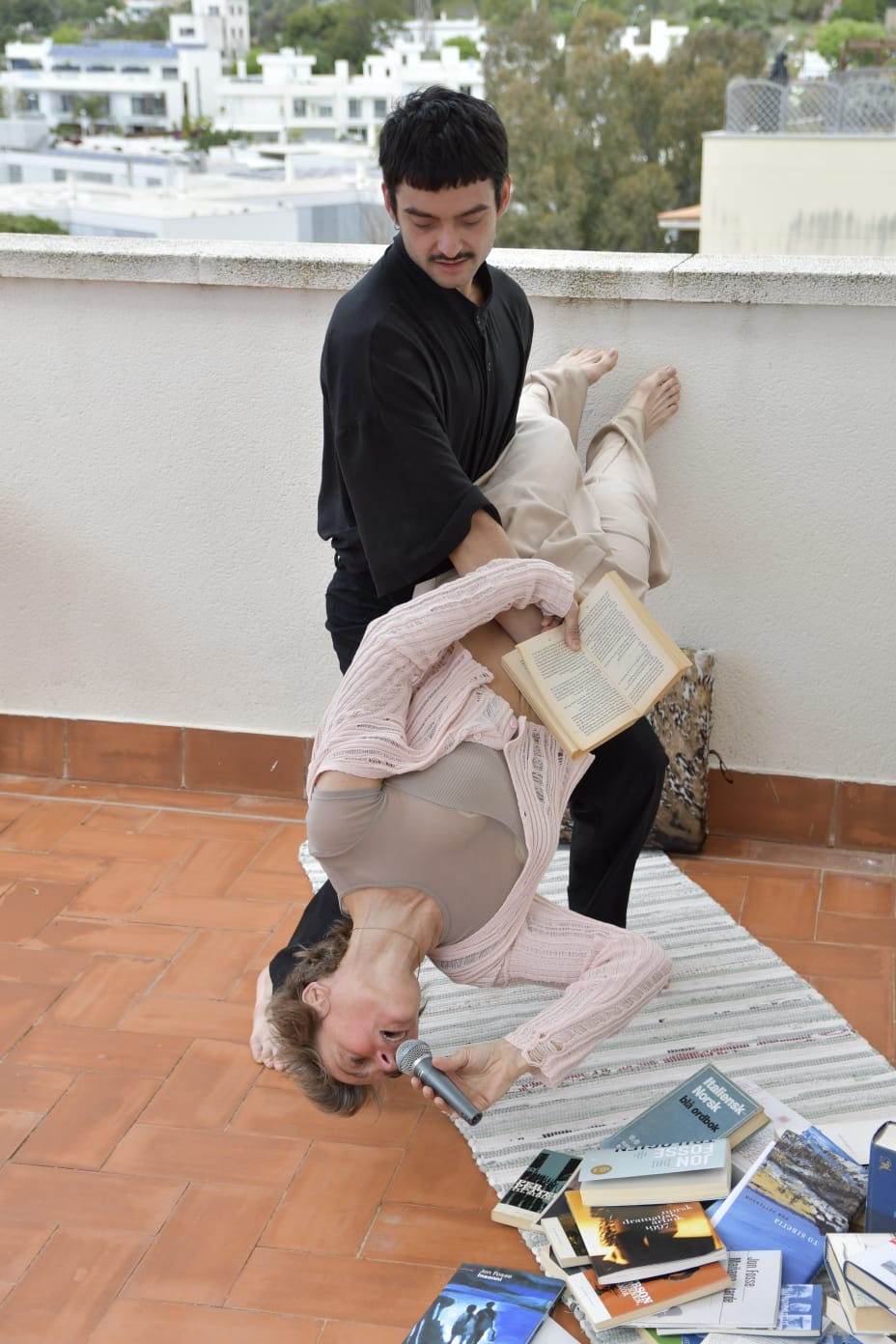
Read more
Learn more about Cristina on Books from Norway.
Those of you who understand Norwegian can read her interview in full here.
Other translators interviewed in the Translator of the Month series.
